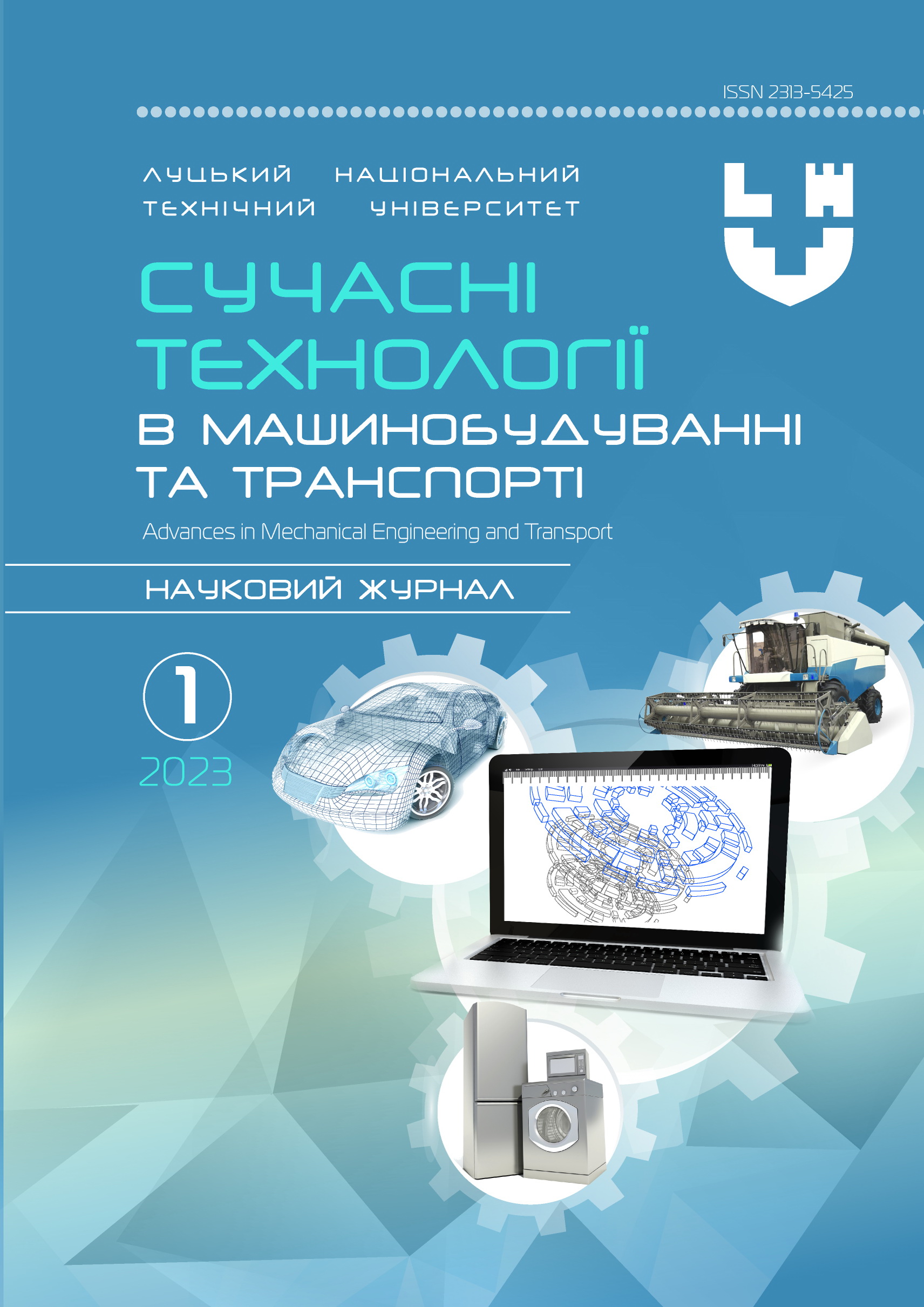Simulation of wiper behavior during contact with a curved surface, factors affecting driving safety
Abstract
As you know, a windshield wiper is a device used to remove raindrops (moisture) and dirt from the windshield of a vehicle. All vehicles (including trains, planes, and ships) are equipped with windshield wipers that meet regulatory requirements. One of the key parameters for assessing the quality of glass surface cleaning is mechanical pressure - its magnitude and distribution over the surface. In this article, experiments are conducted to demonstrate the inhomogeneity of this parameter when the windshield wiper is in contact with a curved glass surface. The specified heterogeneity is enhanced by the flexibility of the wiper mechanism links and the internal deformations of its rubber blade. The amount of pressure depends on such factors as: pressing force of the windshield wiper; the configuration of the rubber blade (the area of the contact surface, which is determined by the profile of the rubber blade), the material of manufacture (elasticity) of the blade; construction of the windshield wiper frame itself, etc. As part of this work, the behavior of the windshield wiper together with the rubber blade during contact with the curved surface of the glass under conditions of variable load will be simulated using the finite element method (FEM). For a theoretical understanding of deformation processes, the authors will additionally consider various mathematical models aimed at simulating the natural behavior of the windshield wiper in real operating conditions. In the process of researching these mathematical models, a comparison of their approaches will be made to take into account real physical processes of loading and elastic deformations of the windshield wiper components, including shear stress energy of layers, etc. On the basis of the obtained results, conclusions will be drawn regarding the comparability of mathematical models with FEM models. Besides the practical effectiveness of applying both approaches to the analysis of windshield wipers behavior will be determined.
Key words: windshield wipers, windshield, distributed pressure, specific load, stress, plastic deformations, elasticity, mathematical models, Ansys Transient Structural.




